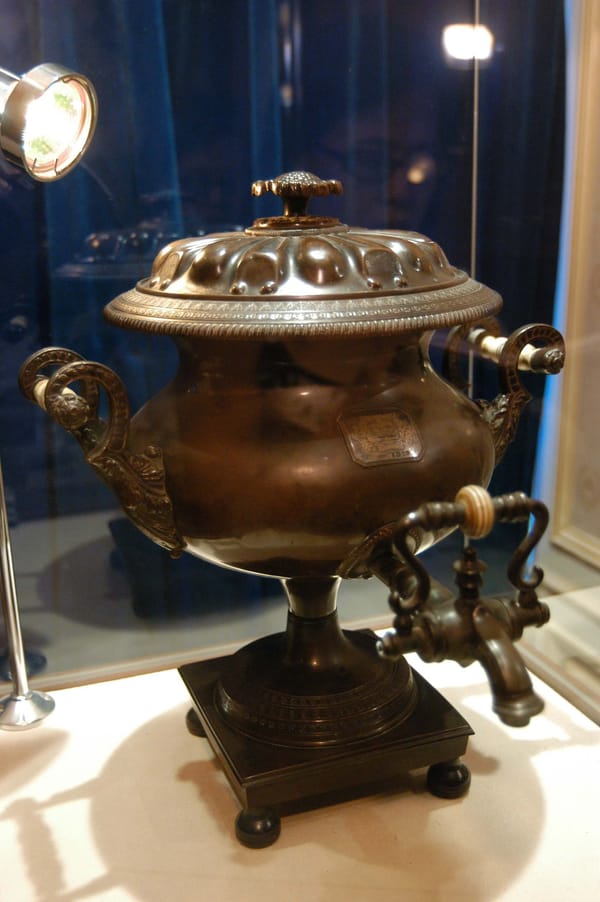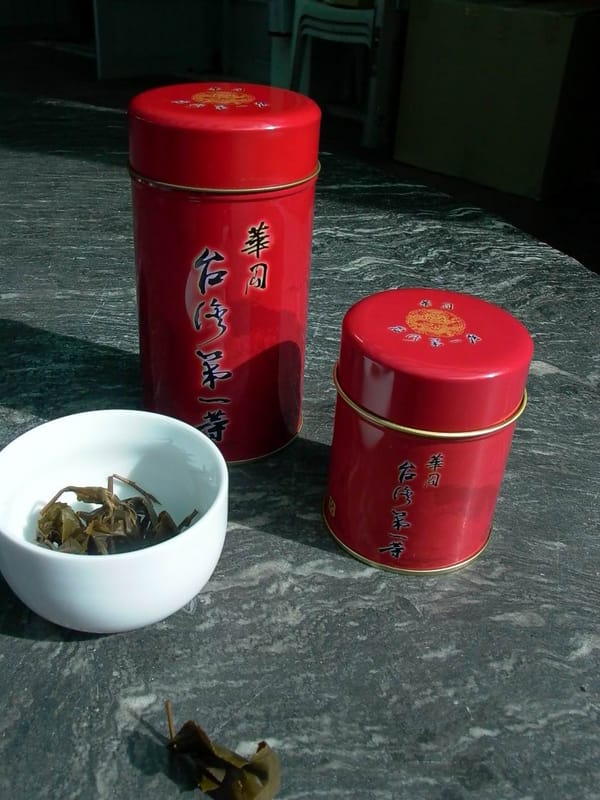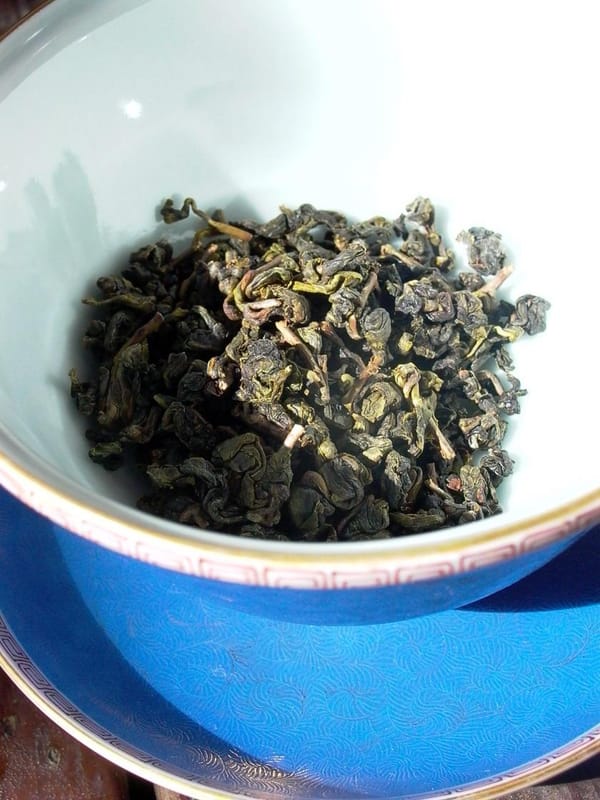When the aroma of Wuyi black tea drifted into the icy expanse of Russia, the harsh climate gave rise to a unique tea culture—the samovar. In the long winters of sub-zero temperatures, Russians invented an ingenious device that could keep tea hot and available at all times. This allowed the warm essence of red tea from the mountains of Fujian to radiate across the frozen lands of the north.
Tea's Northern Journey: A Russian Diplomat’s Gateway to the East
In 1638, Russian ambassador Starkov introduced Wuyi tea to Russia, earlier than Britain’s first taste of Chinese tea. The brutal cold of the Russian climate created a desperate need for a warming beverage. Wuyi black tea, with its mellow and full-bodied character, perfectly met this demand for warmth during long winters.
Traditional teapots couldn’t retain heat for long in such extreme cold. Thus, the samovar—capable of continuous heating—became essential for brewing red tea in Russia. Tea became more than a daily drink; it was a necessity for survival and warmth.
Let’s now explore the ingenious design of the samovar, and how Russians transformed this originally French device into a symbol of their distinctive tea culture.
The Life of the Samovar: From French Origins to Russian Reinvention
A Cross-Cultural Evolution
The samovar, this uniquely Russian tea device, is believed to have originated in France during the 17th century. But Russian artisans didn’t just adopt it—they refined it to suit their own climate and habits. Through a century of innovation, the samovar was perfected in the 18th century and became central to Russian tea life.
Ingenious Heat-Retaining Design
Traditional samovars were crafted from silver or copper, and their primary function was to provide a constant source of hot water—an answer to Russia’s frigid temperatures. The samovar features a hollow metal chimney in the center, where charcoal is burned to heat the surrounding water.
Cleverly, steam from the boiler is channeled to a small teapot placed on top, brewing a strong tea concentrate using indirect heat. This dual-heating system keeps tea warm and flavorful throughout the long, frozen days.
The Art of Russian Tea: A Rich and Layered Experience
A Distinct Brewing Process
Russian tea preparation is unlike that of any other nation, reflecting its unique aesthetic. First, strong tea concentrate is brewed in a small teapot using the samovar. A quarter of this concentrate is poured into a teacup—just enough to preserve its richness while leaving space for flavor adjustments.
Then, hot water from the samovar is added to dilute the tea to the desired strength. Though this step appears simple, it involves careful timing, temperature control, and ratios to ensure the perfect cup. The samovar’s precision heat control ensures consistency in every pour.
A Tradition of Flavor and Warmth
Perhaps the most charming aspect of Russian tea is its custom of flavoring. Lemon slices offer refreshing acidity, rum or brandy adds warming aromas, and sugar cubes balance the sweetness. These layers of flavor don’t just elevate taste—they help the body withstand the cold, reflecting local wisdom born from necessity.
This tradition showcases Russia’s openness and innovation in tea culture. Rather than being purist, Russians have embraced customization, blending tea with their lifestyle and climate.
The Philosophy Behind the Samovar
A Warm Embrace of Slow Living
Samovar culture is a testament to the Russian embrace of slow living. On long winter nights, families gather around the samovar, the crackling of charcoal and gentle gurgle of water creating a cozy, almost sacred atmosphere.
Because the samovar keeps tea warm for hours, drinking tea is not rushed—it becomes a prolonged experience. This fosters deep conversations and emotional connections, shaping a culture that values family bonds and heartfelt friendships.
Where Function Meets Aesthetic
The samovar reflects a perfect union of utility and beauty. Its finely crafted silver or copper exterior showcases artisanal pride, while its internal engineering solves real survival needs. This design philosophy elevates the samovar beyond function—it becomes a centerpiece, a cultural icon, and a cherished household treasure.
Conclusion: A Harmonious Blend of Eastern Leaves and Northern Ingenuity
The samovar tea tradition is a shining example of how Eastern tea met Northern wisdom. Wuyi black tea journeyed thousands of miles to Russia, where local creativity gave rise to a new way of enjoying it. The samovar didn’t just keep tea warm—it created rich flavors and new cultural meaning.
This tea tradition, born from the fusion of East and North, reminds us of the tea culture’s adaptability and inclusiveness. Every tea ritual reflects its geography and people. For today’s tea lovers, why not try the Russian way—let lemon, spirits, and sweet warmth transport you into the heart of a frosty land?





